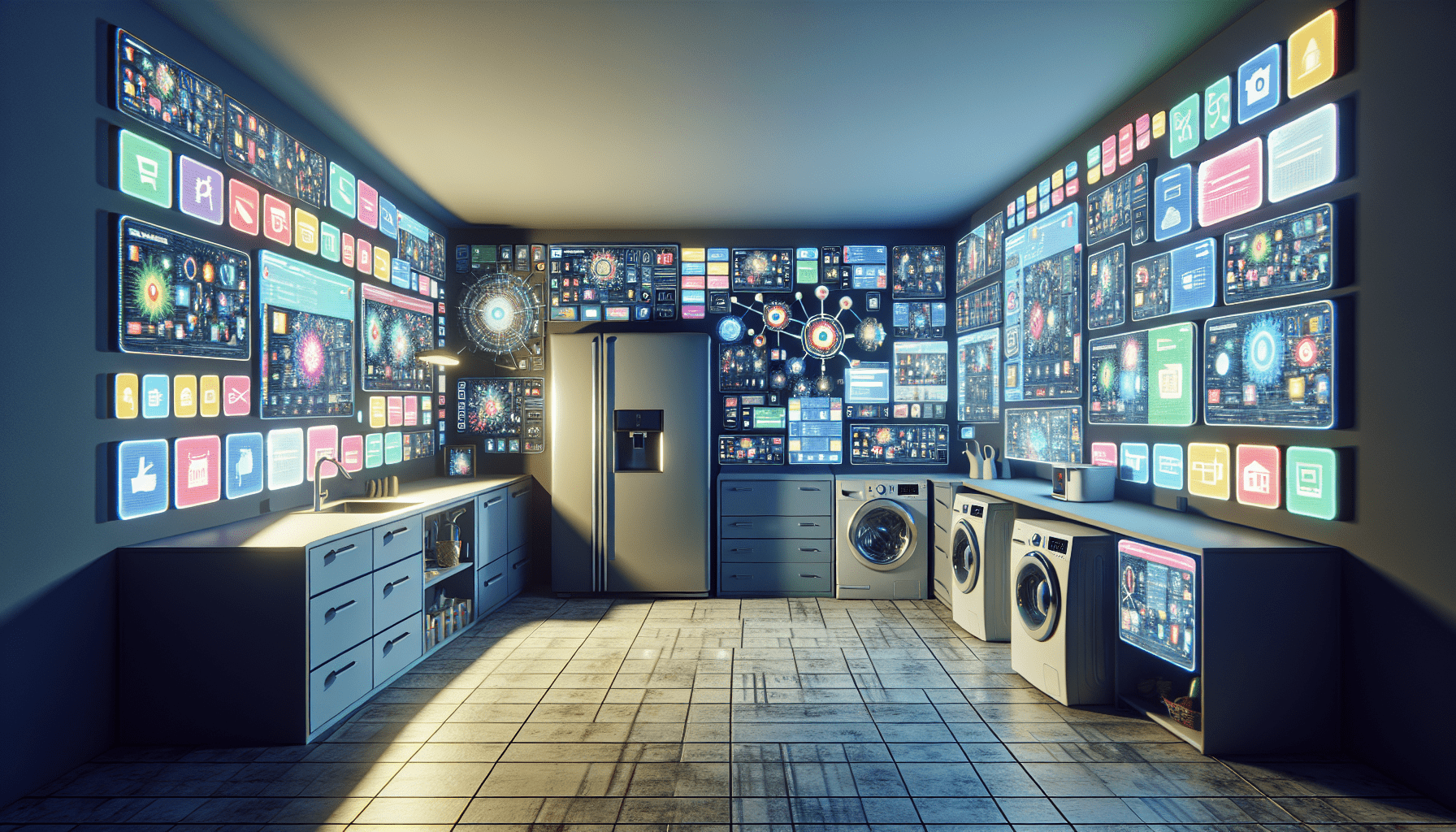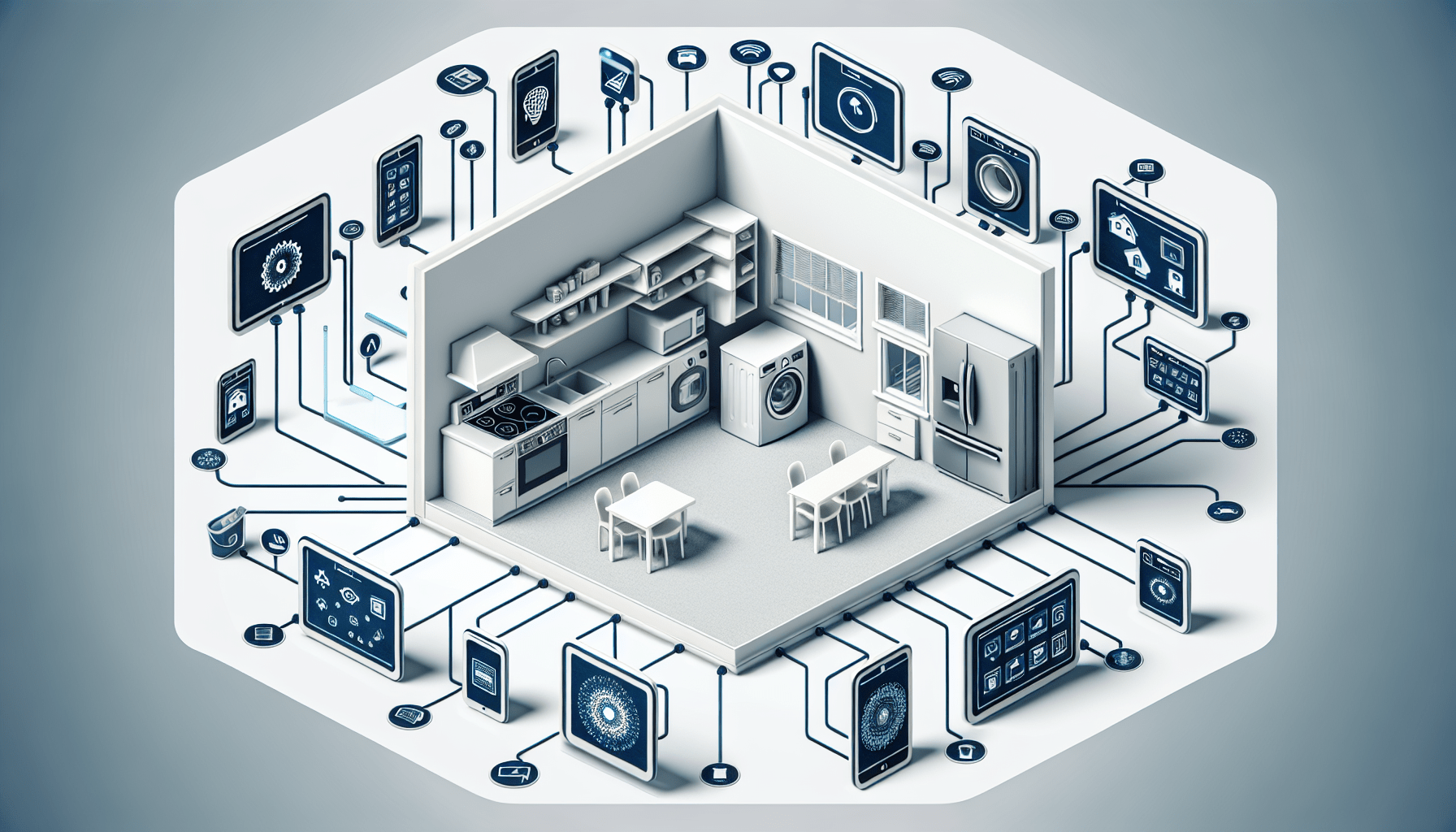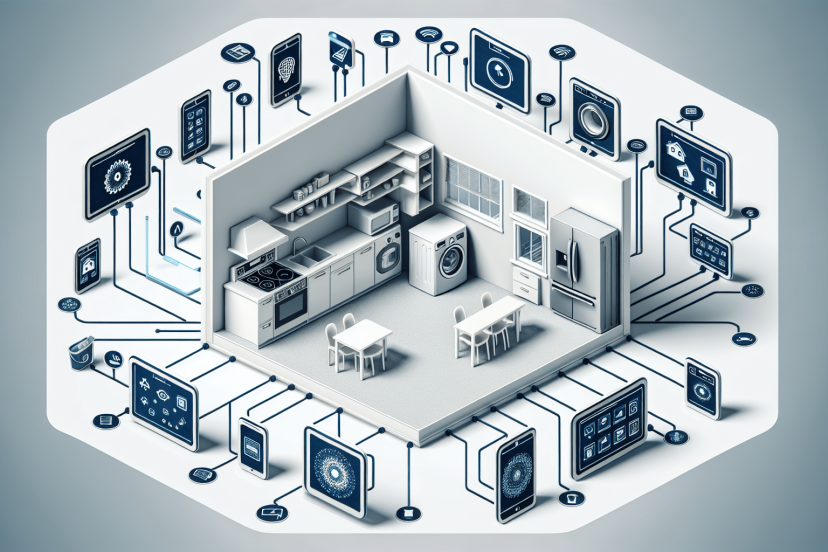What Are The Negatives Of Smart Appliances?
Imagine a world where your home appliances can anticipate your every need and make your life easier with just a simple voice command or a tap on your smartphone. It sounds incredible, right? But have you ever wondered about the downsides of this smart appliance revolution? In this article, we will explore the potential negatives of smart appliances and examine whether the convenience they offer comes at a cost. So, buckle up and get ready to discover the not-so-bright side of these seemingly perfect gadgets.

Privacy and Security
With the rise of smart appliances, concerns regarding privacy and security have become major issues for consumers. Smart appliances collect and share a vast amount of personal data, including usage patterns, preferences, and even personal information. This data collection raises questions about how this data is stored, used, and potentially shared with third parties. Additionally, smart appliances are susceptible to hacking and vulnerabilities, which can compromise the privacy and security of users’ information. The integration of these devices with other devices also creates potential avenues for data breaches and security risks.
Cost
While smart appliances offer convenience and automation, they often come with a higher initial investment compared to traditional appliances. The advanced technologies and features incorporated into smart appliances contribute to their higher price tags. Furthermore, maintenance and repair expenses for smart appliances can be significantly higher than their traditional counterparts. The specialized components and software of smart appliances often require professional expertise for repairs, which can be costly over time. Additionally, the lack of compatibility with existing appliances may necessitate costly upgrades or replacements.
Complexity
Smart appliances can be complex to operate, especially for users who are not familiar with the latest technological advancements. The learning curve for users can be steep, as they need to understand the various functions and features of their smart appliances. Technical issues and glitches can further add to the complexity, requiring troubleshooting and potentially frustrating user experiences. Moreover, smart appliances heavily depend on internet connectivity, which can lead to disruptions and connectivity issues that impact their functionality.

Limited Lifespan
Unlike traditional appliances that can last for many years, smart appliances may have a shorter lifespan. As technology rapidly evolves, smart appliances can quickly become outdated, requiring frequent upgrades to stay current. Additionally, repair and upgrade options may be limited, as manufacturers may discontinue support or release new models that are incompatible with older appliances. This limited lifespan can result in additional costs and difficulties for consumers who wish to keep up with the latest advancements.
Potential Health Risks
The integration of smart appliances into our daily lives raises potential health concerns. For instance, the electromagnetic radiation emitted by smart appliances has been a subject of debate and research. While the levels of radiation are often within acceptable limits, long-term exposure to electromagnetic radiation may still pose health risks. Another concern is the increased exposure to blue light emitted by smart appliances’ displays, which can disrupt sleep patterns and potentially lead to eye strain. Additionally, the integration of voice assistants in smart appliances raises privacy and security concerns related to the storage and potential misuse of voice recordings.
Reliability and Compatibility
One drawback of smart appliances is the potential for device incompatibility and limited integration with other devices. Different brands and models may use different protocols and standards, making it challenging to connect and control appliances seamlessly. This lack of compatibility can create frustration for users who expect seamless integration. Another issue is reliability, as software updates can sometimes cause compatibility issues or unintended consequences. This can lead to disrupted functionalities or even render certain features unusable. Moreover, older homes may face compatibility challenges due to outdated wiring or infrastructure.
Dependency on Manufacturers
When relying on smart appliances, users are dependent on manufacturers for ongoing support and updates. Manufacturers may discontinue support for older models, leaving users with limited options for repairs or replacements if issues arise. This lack of manufacturer support can render appliances obsolete and leave users without necessary updates or security patches. Furthermore, the customization options for smart appliances are often limited, as manufacturers control the software and functionalities. Users may feel a loss of control over their appliance’s operation, leading to a more restricted user experience.
Energy Consumption
Smart appliances are known for their continuous power consumption, even when not in use. Unlike traditional appliances that can be manually turned off, smart appliances often remain in standby mode to remain connected and ready for commands. This continuous power consumption can result in higher energy bills and have a negative impact on overall energy consumption. Additionally, smart appliances may not be as energy-efficient in standby mode compared to traditional appliances that completely power down, contributing to wasteful energy usage.
Potential Downtime and Service Issues
While smart appliances offer automation and convenience, they are not immune to service interruptions and downtime. Outages can occur, leading to a loss of functionality and disrupting daily routines. Furthermore, the response time for service requests may be longer due to the specialized nature of smart appliances, requiring trained technicians or specific replacement parts. Moreover, compatibility issues with local infrastructure, such as internet connectivity or smart home systems, can further exacerbate potential downtime and service issues.
Environmental Concerns
The wide adoption of smart appliances contributes to environmental concerns as well. E-waste accumulation is a significant issue, as the rapid pace of technological advancements leads to the disposal of outdated appliances. Smart appliances often contain complex electronic components that are difficult to recycle or dispose of properly, contributing to the growing e-waste problem. Additionally, the manufacturing and disposal processes of smart appliances have environmental impacts, particularly in terms of energy consumption and emissions. Limited recycling options further compound the environmental concerns associated with smart appliances.
In conclusion, while smart appliances offer convenience and automation, they come with a range of negatives that must be considered. Privacy and security concerns arise from data collection and sharing, as well as vulnerabilities to hacking. The higher initial investment and maintenance expenses are additional factors that can impact the cost-effectiveness of smart appliances. Complexity, limited lifespan, potential health risks, reliability and compatibility challenges, dependency on manufacturers, energy consumption, potential downtime, and environmental concerns further contribute to the negatives associated with smart appliances. It is essential for consumers to carefully weigh the advantages and disadvantages before adopting these technologies into their homes.




